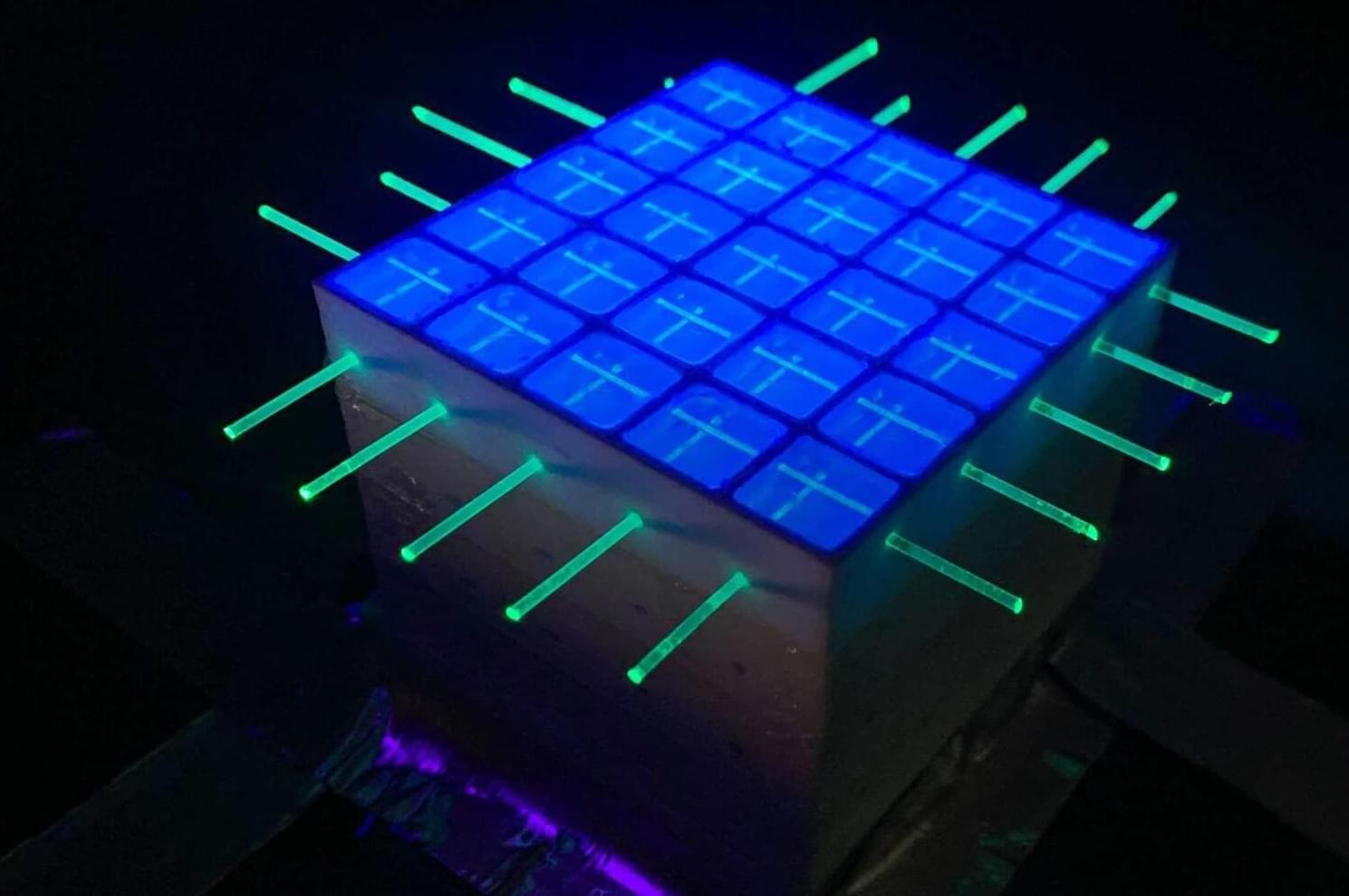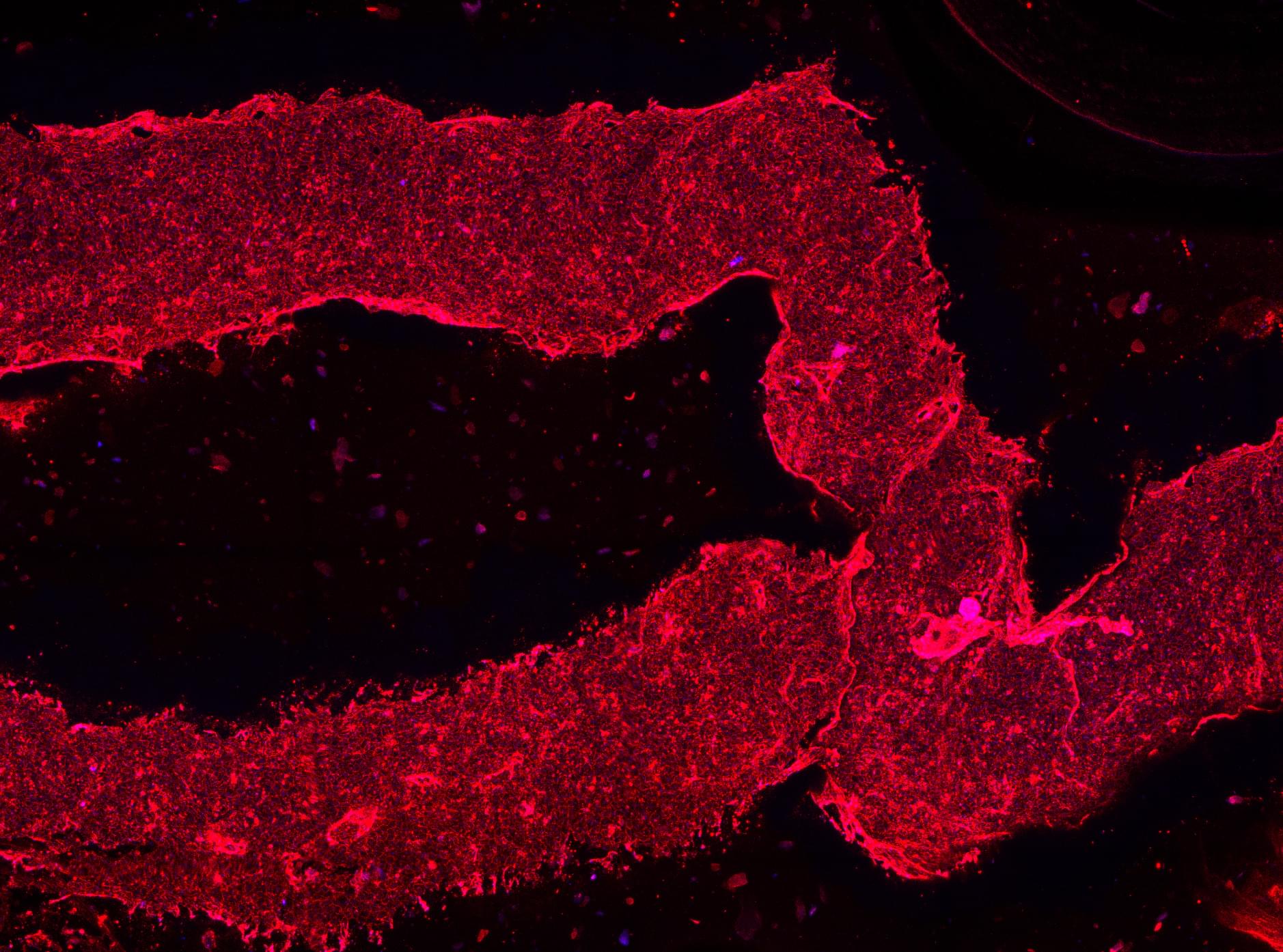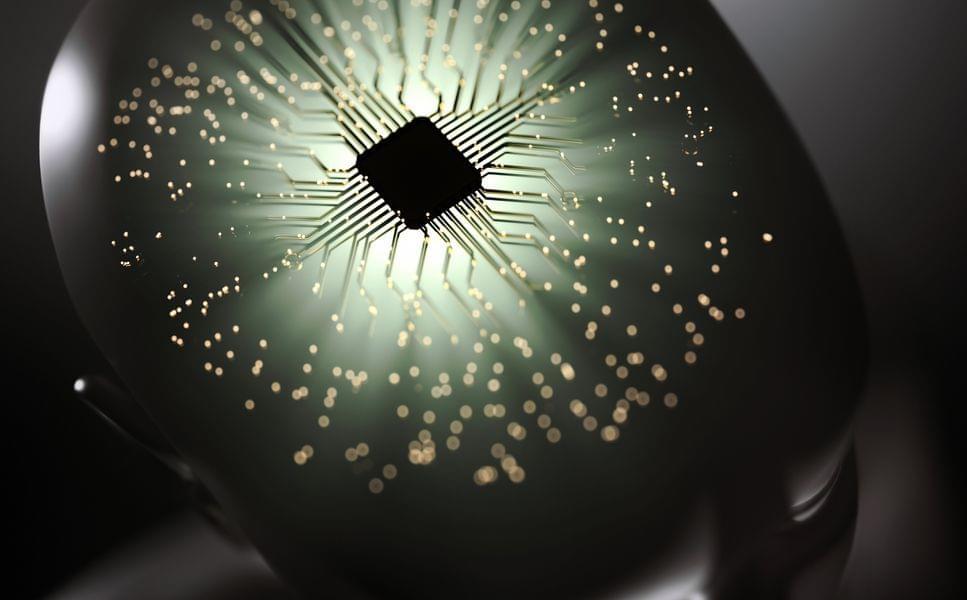A collaborative team of architects and builders has completed the first fully 3D-printed residential home in Auckland, New Zealand, and it’s also the largest building of that type in the Southern Hemisphere.
The Paremoremo home, named after the semi-rural suburb where it’s located, was highlighted by Home Magazine NZ in a short video. The low-slung, one-story residence spans over 2,700 square feet on a north-facing hill and incorporates smooth curved geometric surfaces that were facilitated by the novel 3D-printing process.
Tim Dorrington of Dorrington Atcheson Architects chose a concrete block form design due to the low cost and ease of construction, enlisting 3D-printed concrete specialist QOROX for their first full-sized home build.






